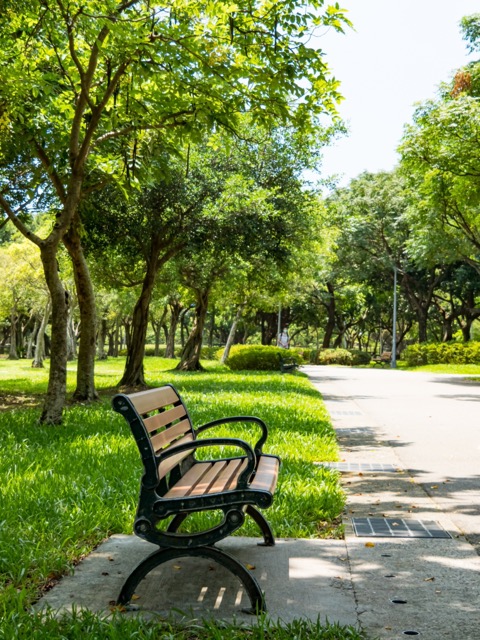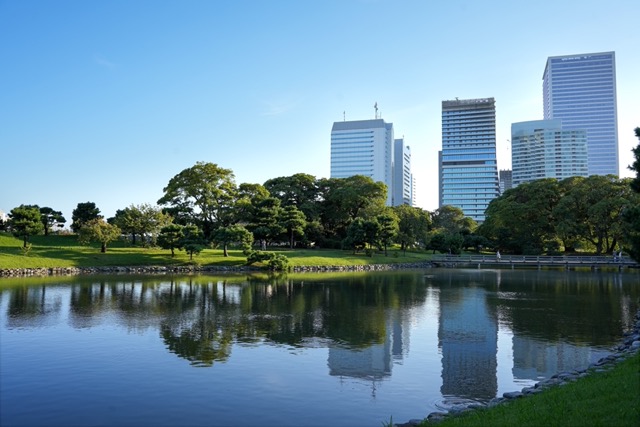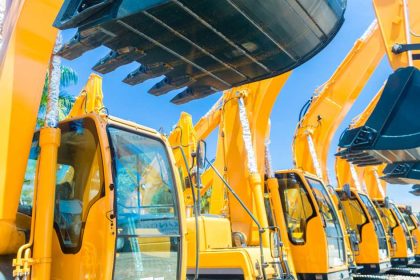As the nation rises from the ashes of yet another record-breaking summer, Australian cities are realising they need to start finding better ways to handle the heat.
The 2023-2024 summer was Australia’s third hottest in history, with Sydney seeing its hottest December on record, Perth its hottest February, Hobart enduring its hottest night in 112 years, while Melbourne and Brisbane endured more 30 C plus days than any year prior.
The extreme heat patterns significantly impacted the quality of life within our cities, negatively affecting the functionality and health of people living in them.
But as we now collectively enjoy the respite of some cooler temperatures, more Aussies have begun warming up to some “greener” methods to keep our cities cool for once the mercury starts to rise again.
One of those ways is the utilisation of more urban green spaces – land reserved for the natural environment within our towns and cities, including parks, gardens, and other plant life that can help alleviate the effects of heatwaves, among other benefits.
Reducing the heat island effect
Temperatures within urban centres often sit higher than surrounding natural areas due to the high concentrations of pavement, buildings, and other surfaces that absorb and retain heat.
Green spaces in urban centres can help reduce this heat magnet phenomenon, known as the ‘urban heat island effect’, by reducing the surface area of heat conductive materials.
Urban climatologist and built environment expert from UNSW Sydney, Dr Negin Nazarian, says heat-inducing factors exclusive to metropolitan areas can cause temperatures to be higher in cities than in rural environments.

“There’s urban heat itself, which is the change brought about by urbanisation, buildings, roads, infrastructure and the like. This is often referred to as urban heat island,” Dr Nazarian said.
“In the natural environment, you have trees, grass, and soil, which provide shade, absorb (some) heat, and retain water. However, most materials which create the built environment absorb more heat, trap more radiation, and have no way of retaining moisture for cooling,” explains Dr Nazarian.
Microclimate creation
The construction of green spaces such as city parks can create a thermal oasis that can also deliver localised cooling, further reducing a heatwave’s impact on residents.
Dr Nazarian says that while the construction of parks may not deliver city-wide cooling, they can provide a microclimate that can help provide localised relief.
“They may not fully mitigate urban heat at the city scale, but they provide local cooling and, more importantly, minimise the impact that heat will have on people. Creating more of these thermal oases will help manage the impact of increased urban temperatures,” says Dr Nazarian.
“Trees have significant benefits such as providing shade, which reduces our exposure to heat and helps us endure hotter temperatures. They also have a positive impact on people’s wellbeing and air quality,” Dr Nazarin said.
Added shade
Cities can feel the immediate benefit of planting more trees through the additional shade they provide.
Unlike parks and gardens, individual trees need very little space to be planted and can make streets and pathways feel much cooler than their ability to shield pedestrians from the sun.
“Trees have significant benefits such as providing shade, which reduces our exposure to heat and helps us endure hotter temperatures. They also have a positive impact on people’s wellbeing and air quality,” Dr Nazarin said.

Natural air conditioners
Regarding urban planning, nearby water bodies like rivers, lakes, and the ocean can be powerful tools for temperature reduction.
Working like a natural air conditioner, these “blue space” water sources can cool the breeze as it travels towards or around the city.

While much smaller, urban parks and gardens often feature water bodies such as ponds or streams, which can be strategically placed with greenery and wind corridors to help transport cooler air around cities, further reducing the effects of heatwaves.
Added ventilation
Another reason densely populated urban areas lock in the heat is the lack of ventilation from the surrounding large-scale built environment, blocking the region’s natural wind corridors.
Carefully designed open green spaces can be positioned strategically with the help of urban planning experts to keep these wind corridors open and better facilitate natural ventilation, dissipating heat.







